Home>Garden Essentials>How To Put Fake Grass On Concrete


Garden Essentials
How To Put Fake Grass On Concrete
Modified: March 7, 2024
Learn how to transform your concrete garden into a lush oasis with fake grass. Enhance the beauty of your outdoor space with our step-by-step guide.
(Many of the links in this article redirect to a specific reviewed product. Your purchase of these products through affiliate links helps to generate commission for Storables.com, at no extra cost. Learn more)
Introduction
Are you tired of looking at that plain, boring concrete patio or driveway? Do you want to transform it into a vibrant, lush space that resembles a beautiful garden? Well, you’re in luck! In this article, we will guide you on how to put fake grass on concrete, allowing you to enjoy the benefits of a green and inviting landscape without the hassle of maintaining real grass.
Artificial grass, also known as synthetic grass or fake grass, has come a long way in terms of quality, durability, and realistic appearance. It offers a low-maintenance solution for transforming any concrete surface into a green oasis. Whether you want to create a cozy outdoor area for relaxation or add a touch of nature to your commercial space, installing fake grass on concrete is a versatile and practical option.
Before we dive into the steps of the installation process, it’s essential to note that preparing the concrete surface is crucial to ensure the longevity and stability of the installation. Any cracks, uneven areas, or debris on the concrete must be addressed before proceeding. Additionally, measuring the area accurately and cutting the fake grass to fit the space are key aspects of a successful installation.
In this guide, we will cover all the necessary steps, from preparing the concrete surface to laying the artificial grass and adding infill (optional). We will also provide tips on brushing and maintenance to keep your fake grass looking fresh and vibrant for years to come. So, let’s get started on transforming that dull concrete into a stunning faux garden!
Key Takeaways:
- Transform your concrete space into a vibrant faux garden by following simple steps to install fake grass. Enjoy a low-maintenance, lush outdoor area without the hassle of real grass upkeep.
- Ensure a successful installation by preparing the concrete surface, measuring and cutting the artificial grass, and adding optional infill. Regular maintenance will keep your faux garden looking fresh and inviting for years to come.
Read more: How To Attach Fake Grass To Concrete
Step 1: Preparing the Concrete Surface
The first step in installing fake grass on concrete is to prepare the surface properly. This ensures that the artificial grass adheres firmly and creates a smooth and level base. Here are the essential tasks to complete during this step:
- Cleaning the concrete: Start by thoroughly cleaning the concrete surface. Remove any debris, dirt, or loose particles using a broom or a leaf blower. For stubborn stains or residue, you can use a mild detergent mixed with water and scrub the area with a stiff brush.
- Fixing any cracks or uneven areas: Inspect the concrete for any cracks or uneven spots. Use a concrete patch or filler to repair any cracks or holes in the surface. Smooth out any rough or uneven areas using a concrete grinder or sander. It’s crucial to have a level surface to ensure the artificial grass sits correctly.
- Applying a primer to the concrete: Once the surface is clean and free of any cracks or uneven spots, it’s advisable to apply a primer to enhance the adhesion of the artificial grass. The primer will create a strong bond between the concrete and the grass. Follow the manufacturer’s instructions for the specific primer, and make sure to apply it evenly across the entire surface. Allow the primer to dry completely before moving on to the next step.
By cleaning the concrete, fixing any cracks or uneven areas, and applying a primer, you are setting the foundation for a successful installation of fake grass on the concrete surface. These steps ensure that the artificial grass will have a durable and stable base, allowing it to withstand heavy foot traffic and adverse weather conditions.
Step 2: Measuring and Cutting the Artificial Grass
Once you have prepared the concrete surface, it’s time to measure the area and cut the artificial grass to fit the space properly. This step is crucial to ensure a seamless installation without any gaps or overlapping sections. Here’s what you need to do:
- Measuring the area: Start by measuring the dimensions of the concrete surface where you want to install the fake grass. Use a tape measure to accurately determine the length and width of the area. It’s important to account for any curves, corners, or irregularities in the shape of the space. Write down the measurements to refer to later when cutting the grass.
- Cutting the fake grass to fit the space: Using the measurements you just took, carefully cut the artificial grass to fit the exact size and shape of the area. To do this, place the grass face-down on a flat surface and use a sharp utility knife to trim along the marked lines. Take your time and make precise cuts to ensure a clean and accurate fit.
When cutting the artificial grass, make sure to leave a small gap between the edges and any nearby walls, fences, or other structures. This gap will allow room for expansion and contraction of the grass due to temperature changes. It’s also important to consider the direction of the grass fibers and ensure they all face the same way for a more natural and visually appealing look.
By measuring the area accurately and cutting the fake grass to fit the space perfectly, you are laying the foundation for a seamless and aesthetically pleasing installation. Taking the time to get these measurements and cuts right will result in a finished look that blends seamlessly with the surrounding landscape.
Step 3: Installing an Underlay
After measuring and cutting the artificial grass, the next step is to install an underlay. The underlay provides additional cushioning, helps with drainage, and improves the overall durability of your fake grass installation. Here’s what you need to do:
- Adding a weed membrane: Start by placing a weed membrane over the cleaned and primed concrete surface. The weed membrane acts as a barrier, preventing weeds from growing through the artificial grass. Ensure that the weed membrane completely covers the entire area where the fake grass will be installed.
- Placing an underlay over the concrete: Once the weed membrane is in place, roll out the underlay over the concrete surface. The underlay helps with shock absorption, provides a soft and comfortable surface to walk on, and helps to prevent the fake grass from slipping or shifting over time. Trim any excess underlay along the edges of the area.
When choosing an underlay for your fake grass installation, opt for a high-quality material that is specifically designed for use with artificial grass. Look for underlays with good drainage properties and excellent resistance to compression. This will ensure the longevity and performance of your artificial grass.
By adding a weed membrane and placing an underlay over the concrete surface, you are creating a stable and well-prepared base for the artificial grass. The combination of a weed barrier and a comfortable underlay will enhance the overall performance and lifespan of your fake grass installation.
Before installing fake grass on concrete, make sure the surface is clean and level. Use a weed barrier to prevent growth and lay a foam underlay for cushioning. Secure the grass with adhesive or double-sided tape for a smooth and durable finish.
Step 4: Laying the Artificial Grass
Now comes the exciting part – laying the artificial grass onto the prepared concrete surface. This step involves carefully rolling out the grass, trimming the edges, and securing it in place. Here’s how you can accomplish this:
- Rolling out the artificial grass: Start by positioning the artificial grass roll at one end of the concrete surface. Unroll the grass slowly and evenly, making sure the grass fibers are facing in the desired direction. Smooth out any wrinkles or folds as you go along.
- Trimming the edges: Once the grass is rolled out, carefully trim any excess grass along the edges to ensure a neat and precise fit. Use a sharp utility knife or scissors to make clean cuts. Remember to leave a small gap between the grass and any nearby structures to allow for expansion and contraction.
- Securing the grass in place: To keep the artificial grass securely in place, use landscaping anchor pins or galvanized nails. Start by inserting the pins or nails around the perimeter of the grass, spacing them about every 6 inches. Then, continue to place pins or nails throughout the center of the grass, ensuring they are evenly distributed for optimal stability.
When laying the artificial grass, be mindful of the seams if you have multiple rolls. Align the seams properly and use adhesive or joining tape to connect the pieces together. Follow the manufacturer’s instructions for the specific adhesive or tape you are using to ensure a secure and seamless bond.
By rolling out the grass, trimming the edges, and securing it in place, you are bringing your faux garden to life. Taking the time to ensure a proper installation will result in a smooth and visually appealing surface that closely resembles natural grass.
Read more: How To Lay Fake Grass On Concrete
Step 5: Adding Infill (Optional)
Adding infill to your artificial grass installation is an optional step but one that can greatly enhance the appearance and stability of the grass. Infill is typically made of a combination of materials such as silica sand, rubber granules, or a mixture of both. Here’s how you can incorporate infill into your installation:
- Spreading artificial grass infill: Begin by evenly spreading the infill material on top of the installed artificial grass. Use a stiff brush or a dedicated infill spreader to distribute the infill granules or sand. Work the infill into the grass fibers, ensuring that it penetrates to the base of the grass.
The purpose of infill is multi-fold. It helps to weigh down the artificial grass, preventing it from shifting or blowing away in windy conditions. Additionally, infill provides stability and support to the grass, helping the fibers to stay upright and maintaining a natural appearance. It also enhances the overall performance of the artificial grass, adding cushioning and increasing its lifespan.
When choosing an infill material, consider factors such as the desired level of firmness, cushioning, and maintenance requirements. Some infill materials may require occasional brushing or raking to redistribute them evenly. Follow the manufacturer’s recommendations for the specific infill material you choose.
Adding infill to your artificial grass installation is a personal preference. Some people prefer the feel and appearance of infill, while others opt for a non-infill installation. Regardless of your choice, ensure that your artificial grass is properly secured and meets your desired aesthetic and functional goals.
Step 6: Brushing and Maintenance
Once your artificial grass is installed, it’s important to regularly brush and maintain it to keep it looking its best and ensure its longevity. Brushing the grass helps to stand the fibers upright and maintain a natural appearance. Additionally, proper maintenance and care will prolong the lifespan of your artificial grass. Here’s what you need to do:
- Brushing the grass to stand it upright: Use a stiff brush or a specialized artificial grass brush to gently brush the grass in the opposite direction of the fibers. This helps to stand the grass upright and maintain its natural look. Brushing also helps to redistribute any infill or prevent compacted areas.
- Regular maintenance and care tips: To keep your artificial grass in top condition, follow these maintenance tips:
- Regularly remove debris, such as leaves, twigs, or pet waste, from the surface of the grass.
- Occasionally rinse the grass with water to remove any dust or dirt that may have accumulated.
- Inspect the grass for any signs of damage, such as tears or loose seams, and repair them promptly to prevent further damage.
- Avoid using harsh chemicals or solvents on the artificial grass, as they may cause discoloration or damage to the fibers.
- If you have pets, clean up any accidents promptly and rinse the affected area with water to prevent odors or staining.
- Consider using a mild detergent and water solution for more thorough cleaning if needed, following the manufacturer’s instructions.
Remember to consult the specific maintenance guidelines provided by the manufacturer of your fake grass. They may have additional recommendations tailored to the specific type of artificial grass you have installed.
By regularly brushing and maintaining your artificial grass, you can keep it looking fresh, vibrant, and natural. Regular care and attention will extend the life of your installation, allowing you to enjoy a beautiful and low-maintenance faux garden for years to come.
Conclusion
Transforming your concrete surface into a lush and inviting landscape is not only possible but also easier than ever with the installation of fake grass. By following the steps outlined in this guide, you can create a vibrant and low-maintenance outdoor space that resembles a natural garden.
From preparing the concrete surface to measuring and cutting the artificial grass, each step is crucial to ensure a successful installation. Taking the time to clean the concrete, fix any cracks, and apply a primer sets the foundation for a stable and long-lasting installation.
Installing an underlay provides additional cushioning and stability, while the artificial grass infill (optional) enhances the appearance and performance of the grass. By carefully laying the artificial grass, trimming the edges, and securing it in place, you achieve a seamless and visually appealing result.
After the installation, regular maintenance is key to preserving the beauty and durability of your artificial grass. Brushing the grass to stand it upright and following proper care guidelines will keep it looking fresh and vibrant for years to come.
Whether you want to revamp your patio, create a backyard oasis, or enhance the aesthetics of a commercial space, fake grass on concrete offers a versatile and practical solution.
So, why wait? Transform that dull concrete into a lively faux garden that brings joy and relaxation to your outdoor space. With the knowledge and steps provided in this guide, you have the tools to create a captivating and enduring landscape right at your doorstep.
Frequently Asked Questions about How To Put Fake Grass On Concrete
Was this page helpful?
At Storables.com, we guarantee accurate and reliable information. Our content, validated by Expert Board Contributors, is crafted following stringent Editorial Policies. We're committed to providing you with well-researched, expert-backed insights for all your informational needs.


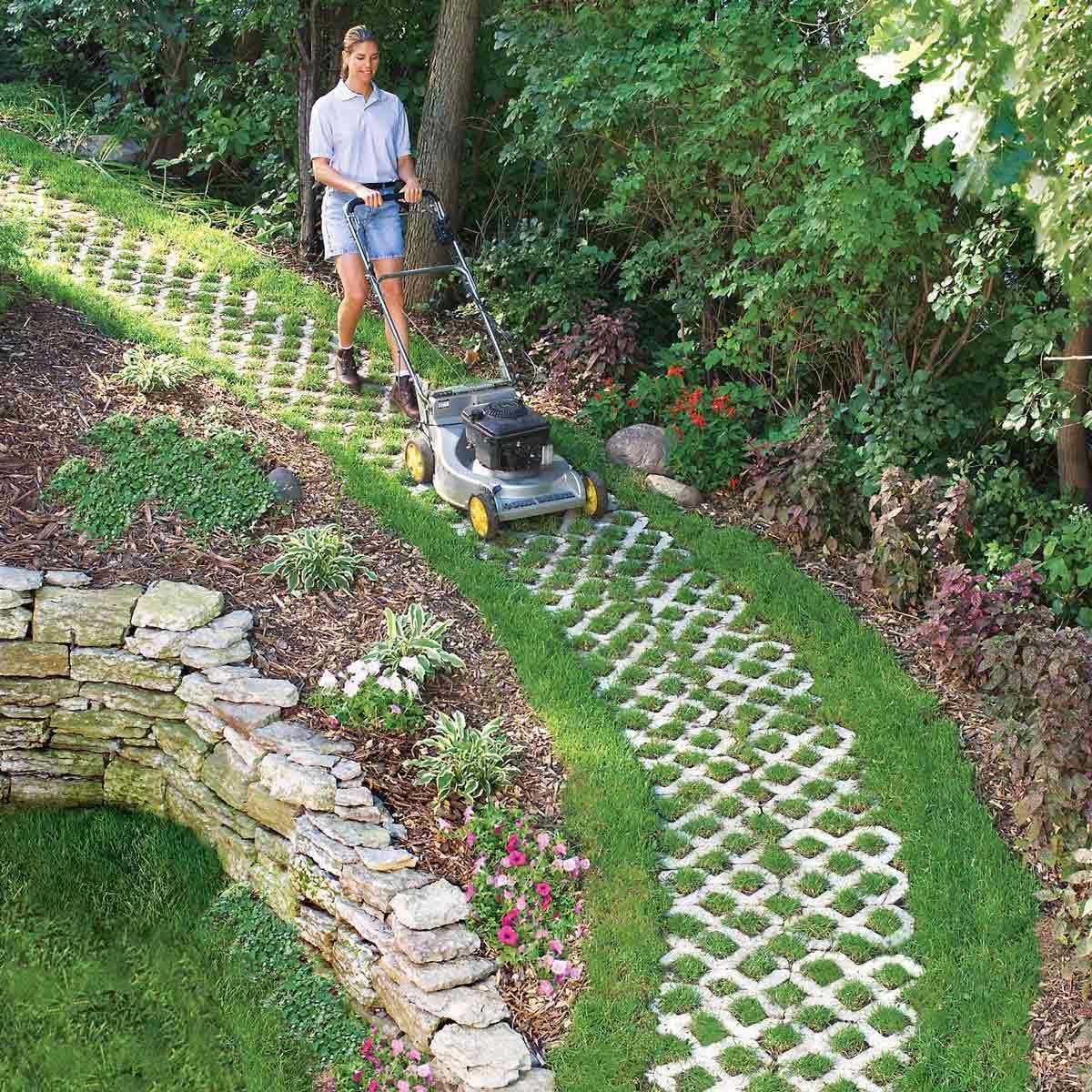
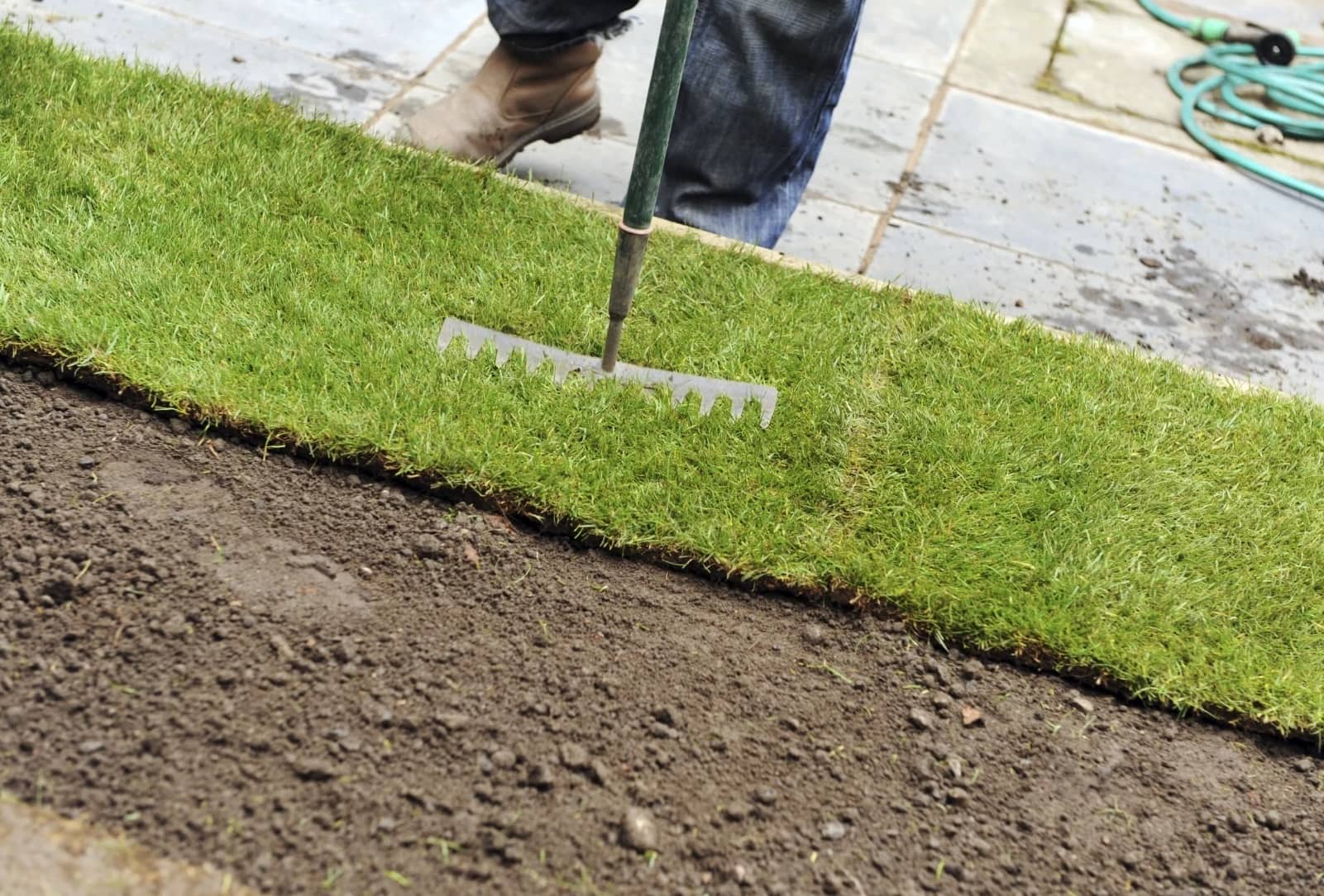
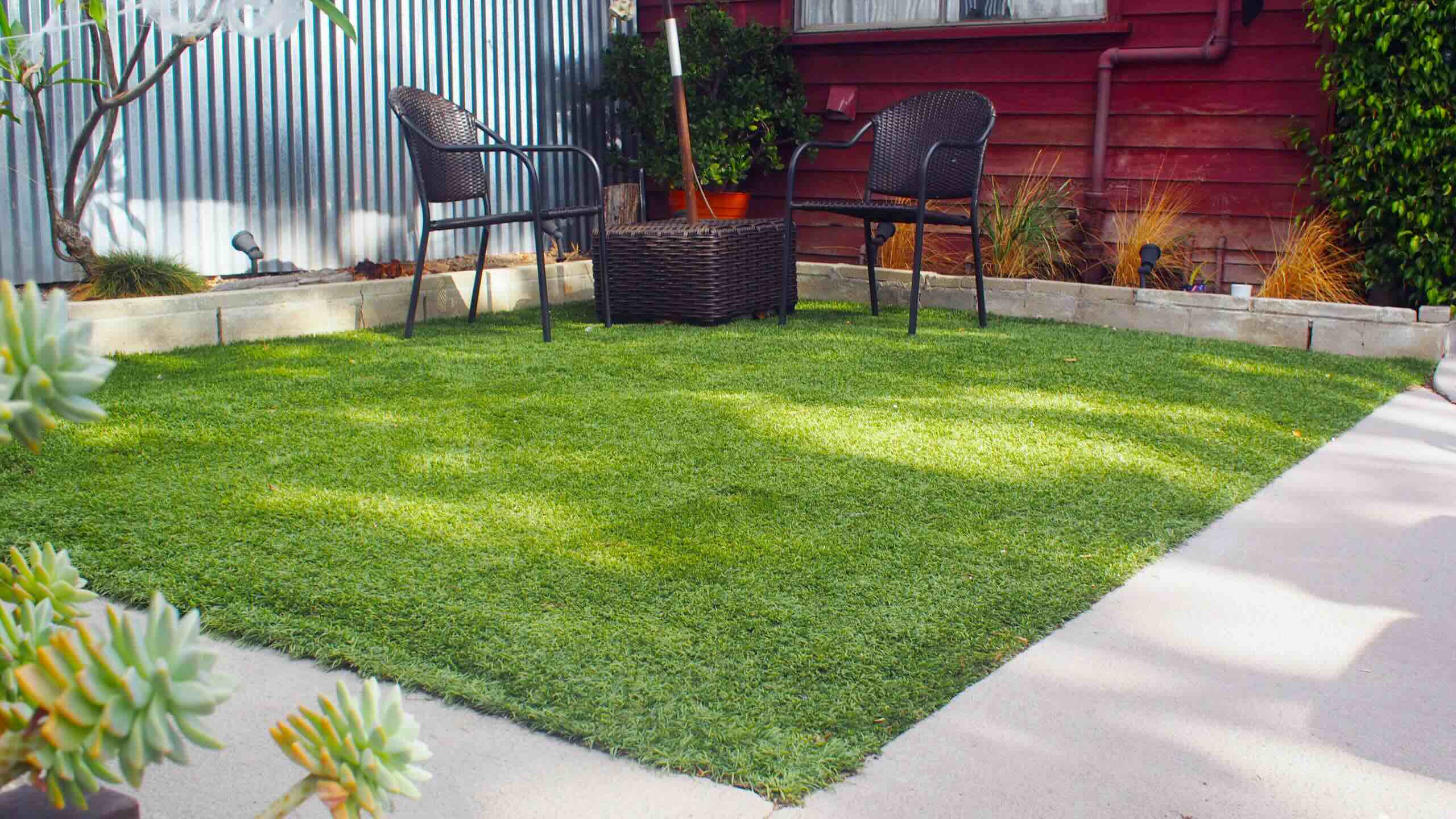
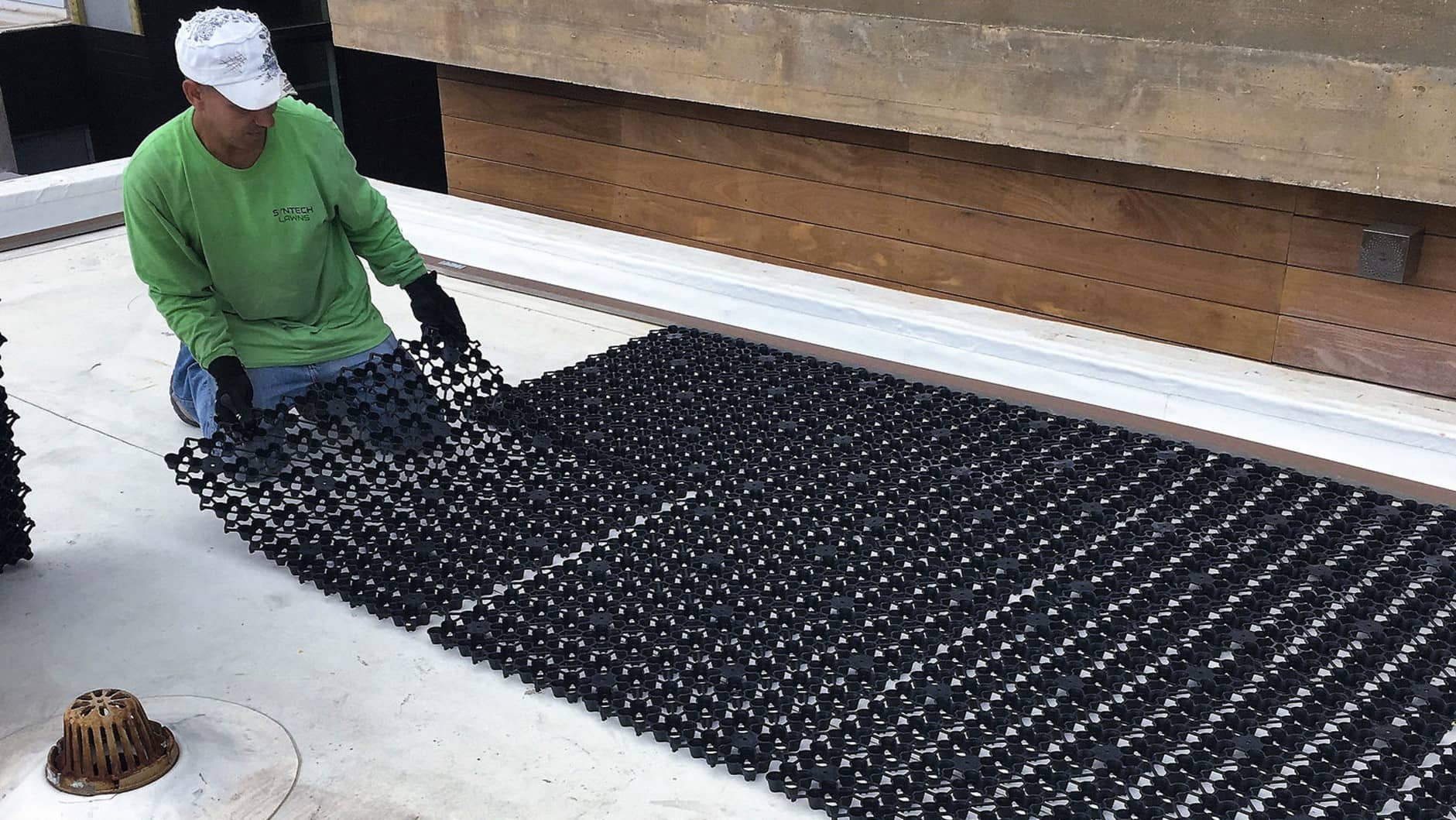
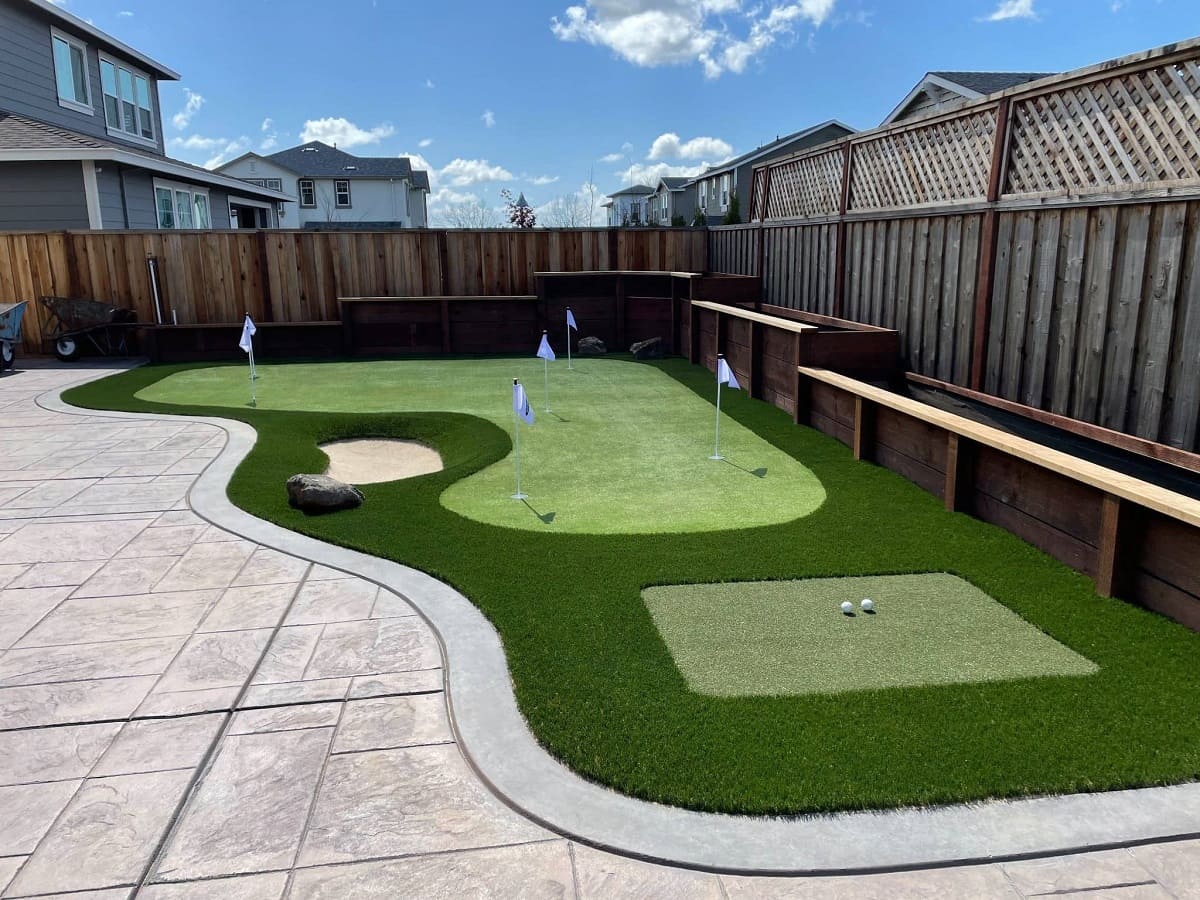
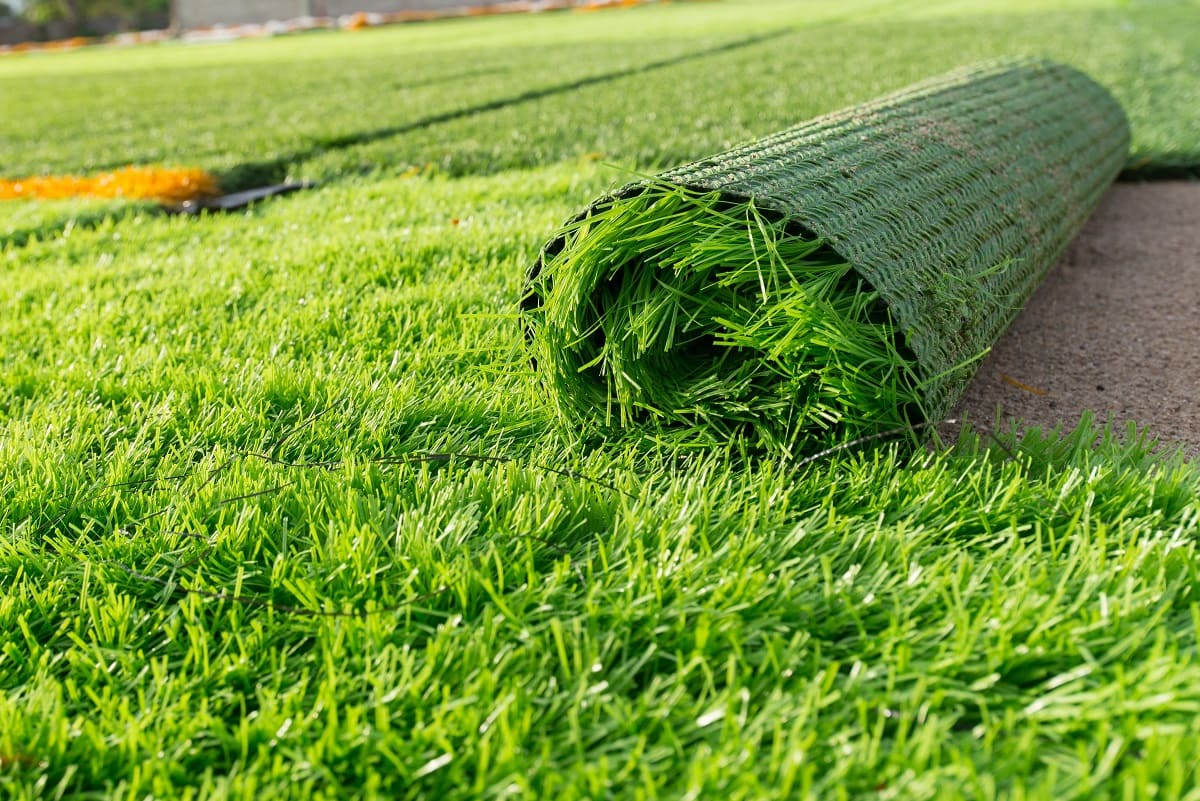
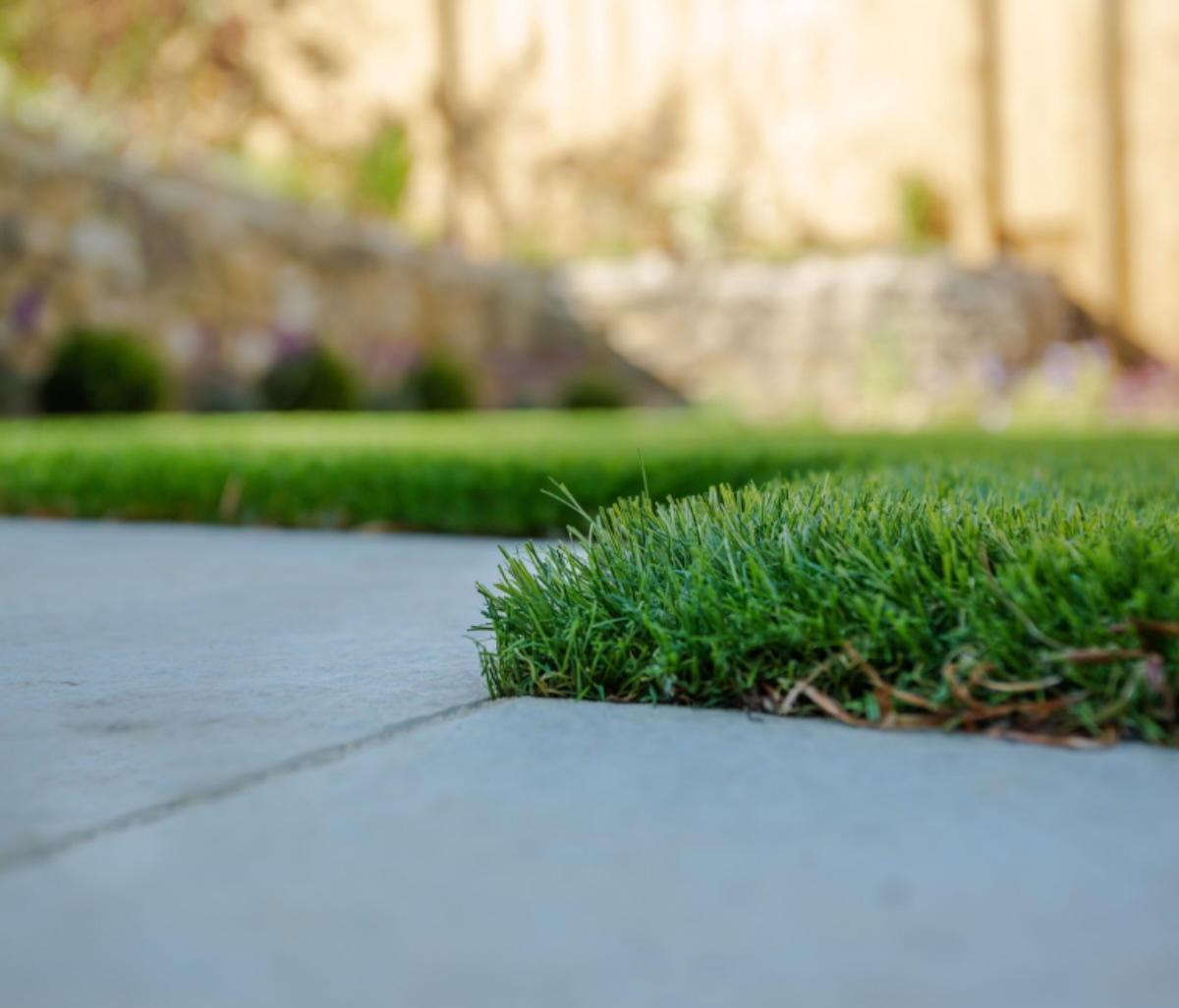
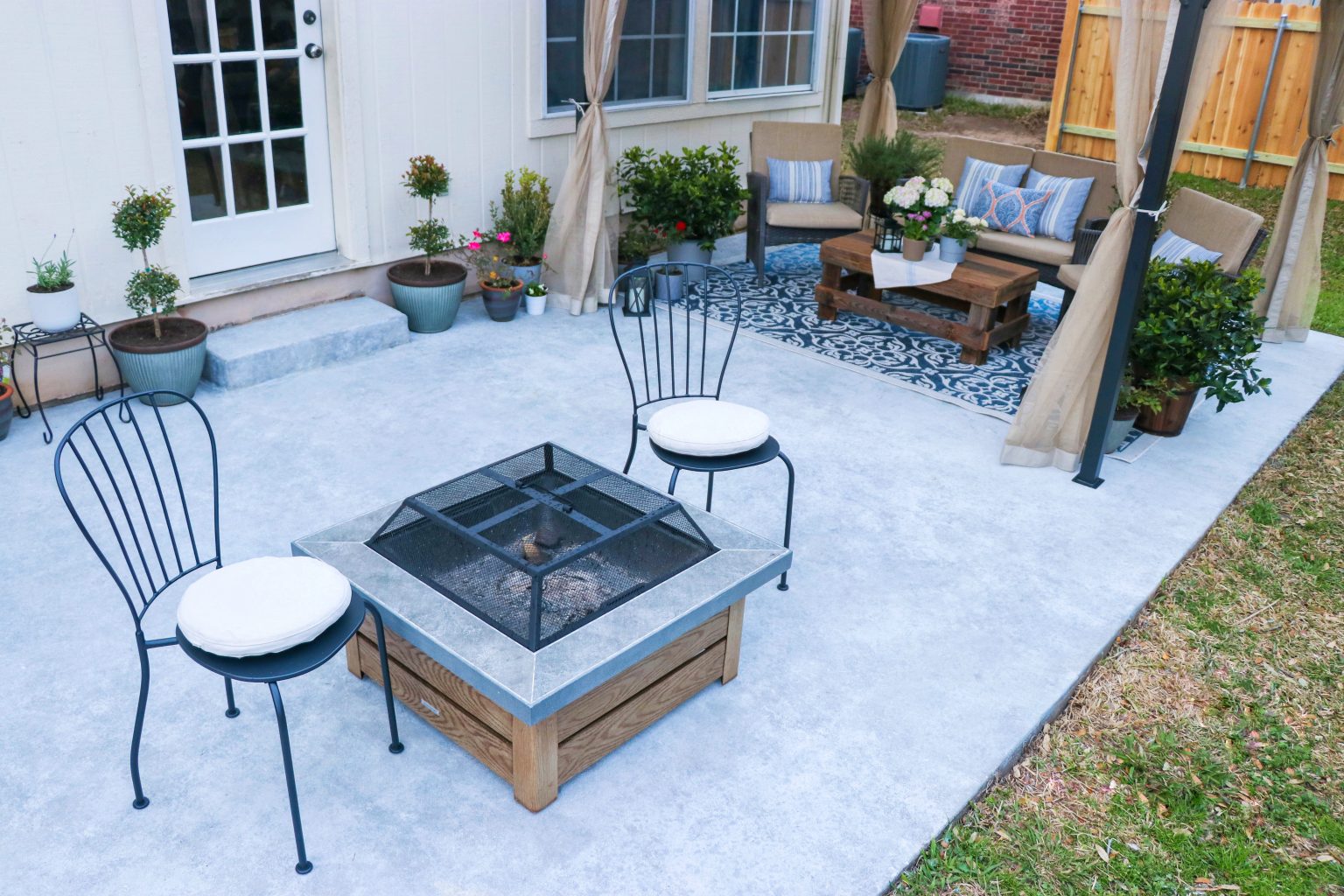
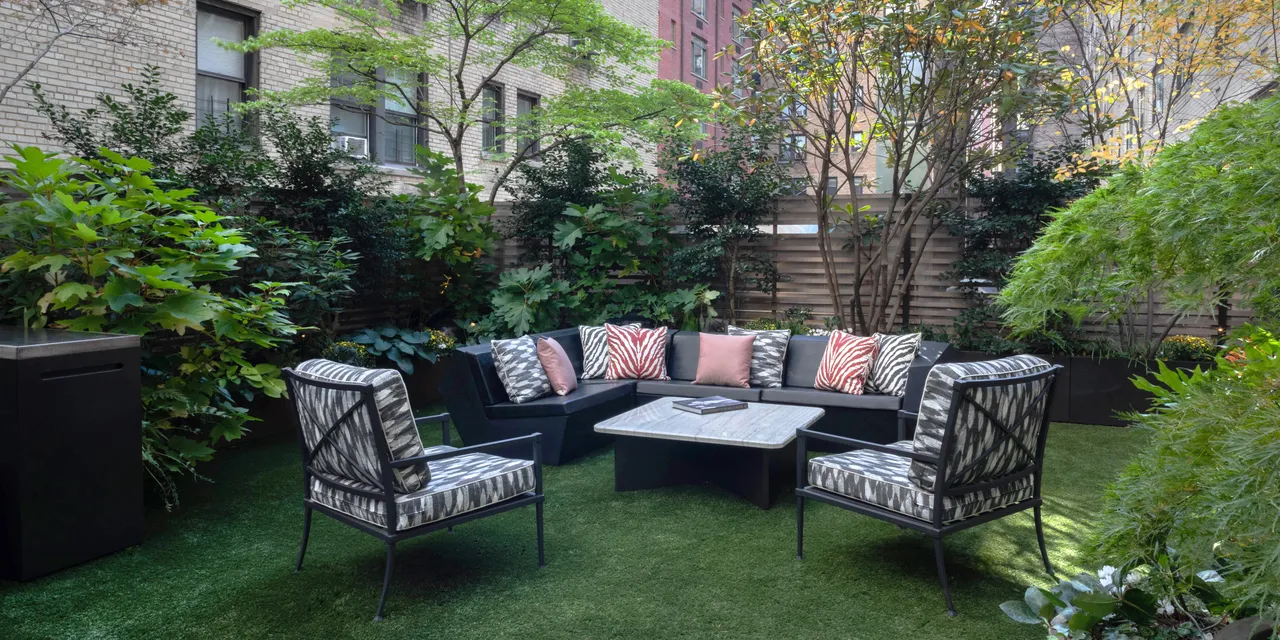
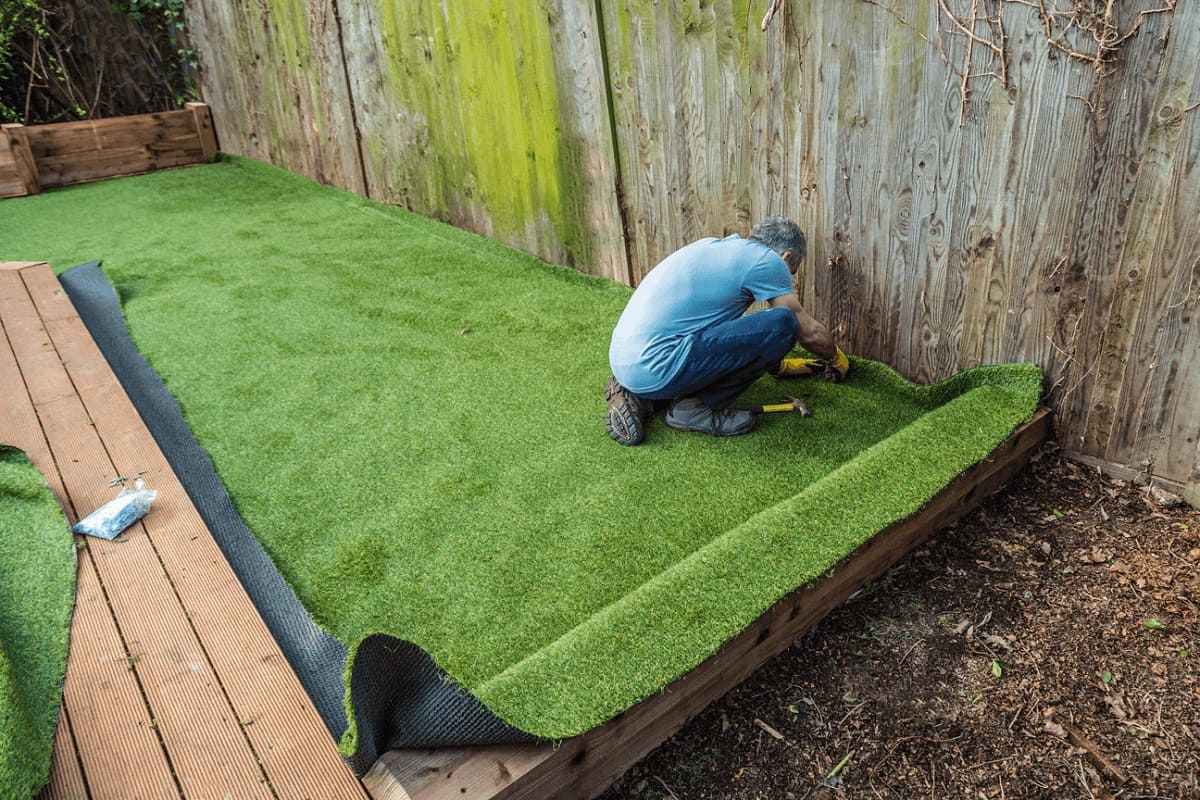
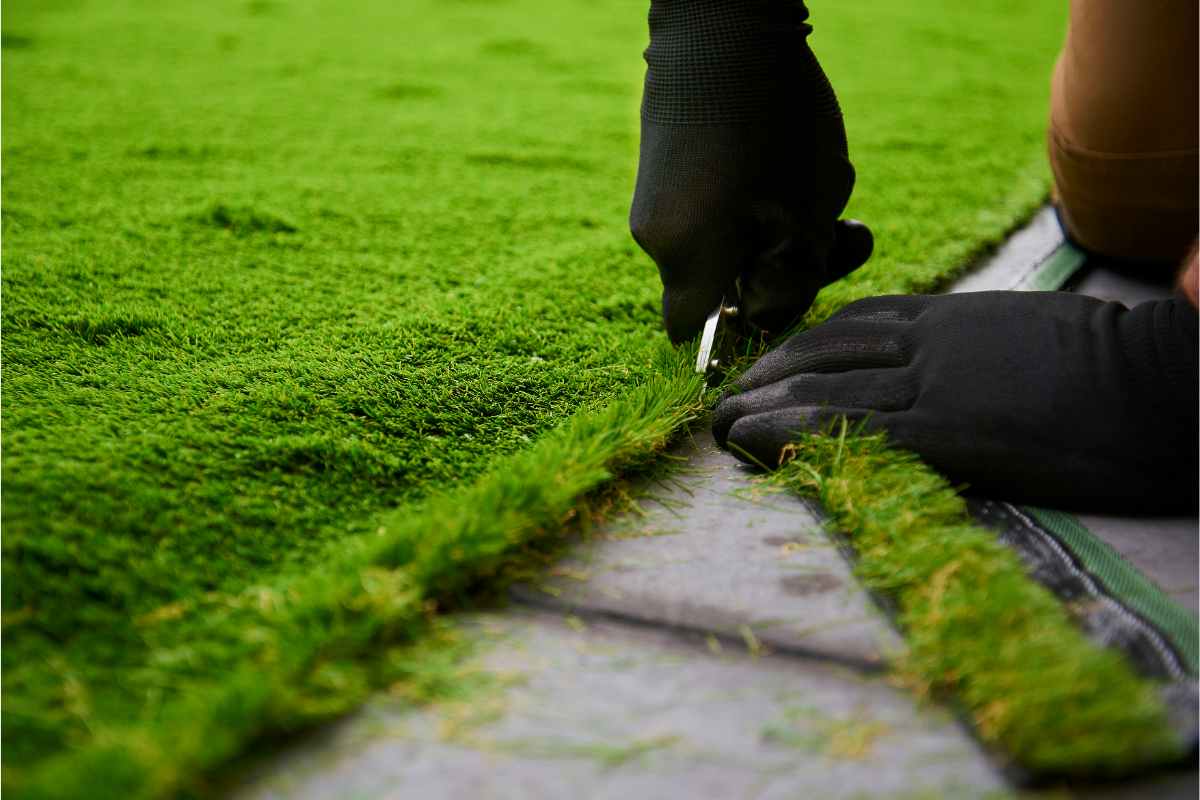


0 thoughts on “How To Put Fake Grass On Concrete”